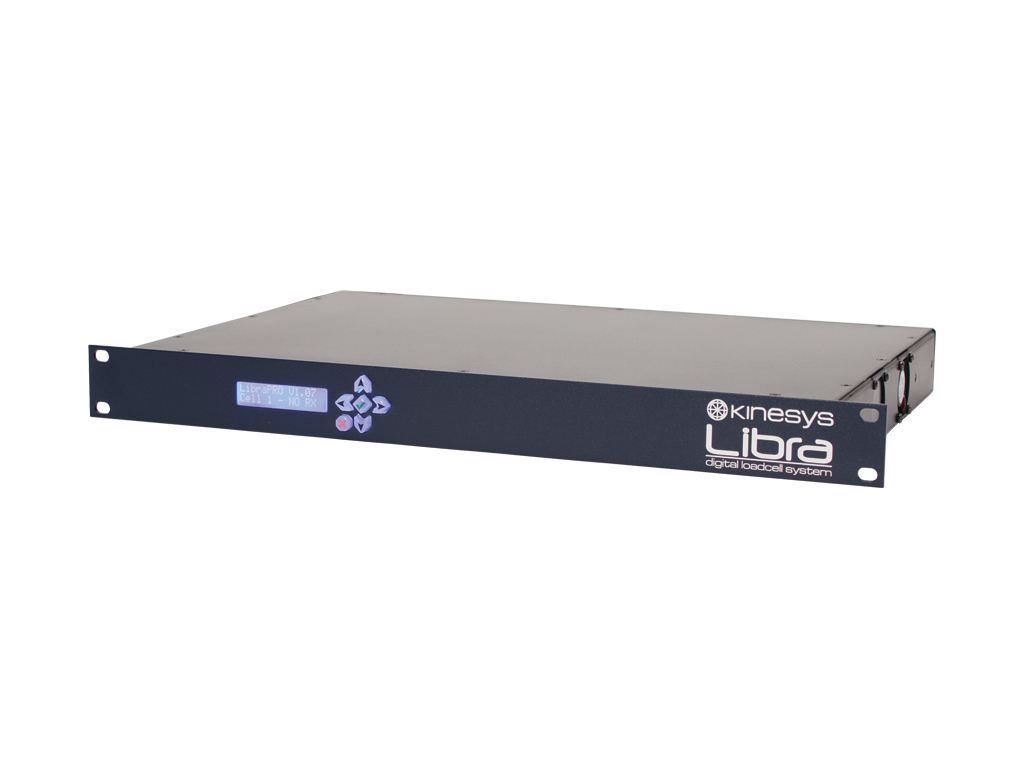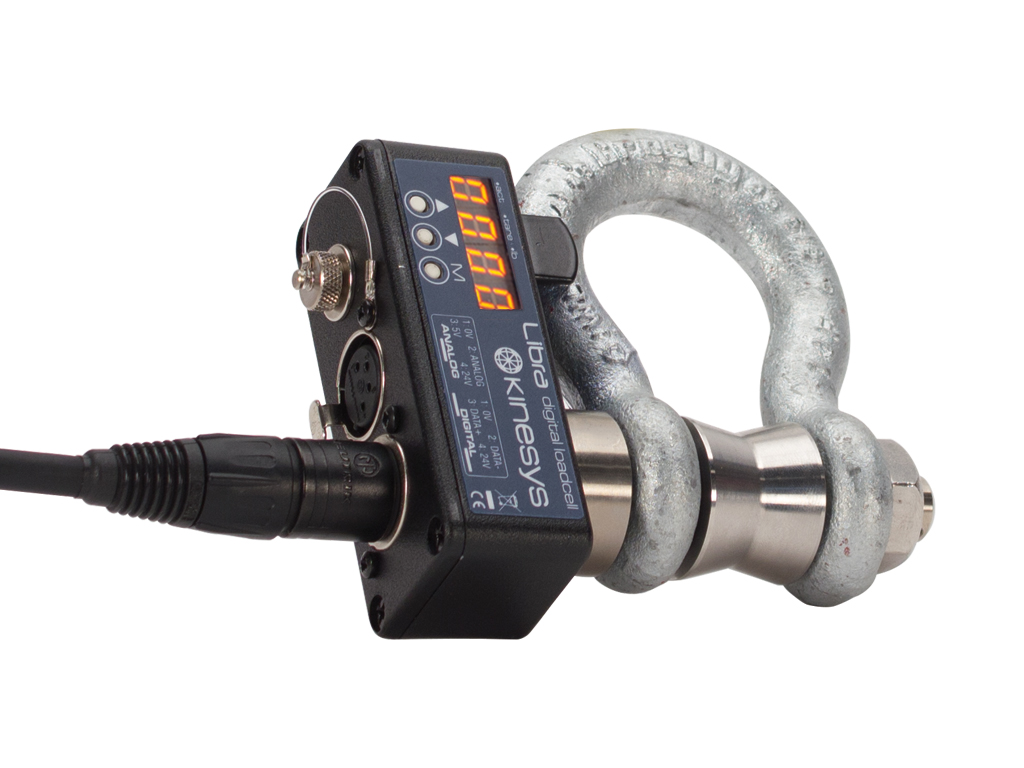Which End is Heavier?
One of the things that make good automation operators great is their ability to wear many hats at once. Or perhaps more precisely bits of lots of other hats made into one odd looking but hopefully well-fitting hat of their own.
When I find myself talking to people at training sessions on our equipment the subject of what does it take to be a good operator often comes up. In these situations I often describe a simple situation and ask a simple question.
You have an evenly weighted, single, straight piece of truss that is supported at each end by a hoist or winch. You now run a move which starts that truss tilting to an angle. My question is simply “At the end of the move which end of the truss is heavier, which point is supporting more load”?
Of course you could just guess the answer and you’d have a 50% chance of getting it right. But assuming you think about it would you say it is the higher or lower end?
Many of us will have had the misfortune of being at the bottom end of a large piece of furniture while trying to carry it up some stairs with a friend who is pulling from the top. In those situations you would surely think that being at the bottom means taking more load, gravity pulls things down after all! In reality however the reason the person at the bottom is getting more of the load is that it’s actually very difficult for the person at the top to take their fair share. Grip and geometry mean it is often slipping away from them. Not the case however in our simple rigging situation. The upper point is firmly attached to our truss and can’t slip anywhere. The easiest way to conceptualise the answer is to imagine you take the truss all the way to 90 degrees, in other words vertical. Take away the lower pickup and what happens to the truss… nothing. Take away the upper pickup instead and the result is altogether more dramatic.
So a simple illustration that shows that an automation operator is not simply the person pressing the buttons. In reality they need to be someone who is part rigger, part engineer, part programmer, part IT guru, often very patient and nearly always the possessor of nerves of steel.
If you think you are the right person to be flying tons of equipment over the heads of the latest chart sensation or whisking a camera past a Hollywood superstar at high speed then a good place to start might be to think – which end is heavier?
Sign up to our newsletter to find out the latest on us, our products, support and applications.



